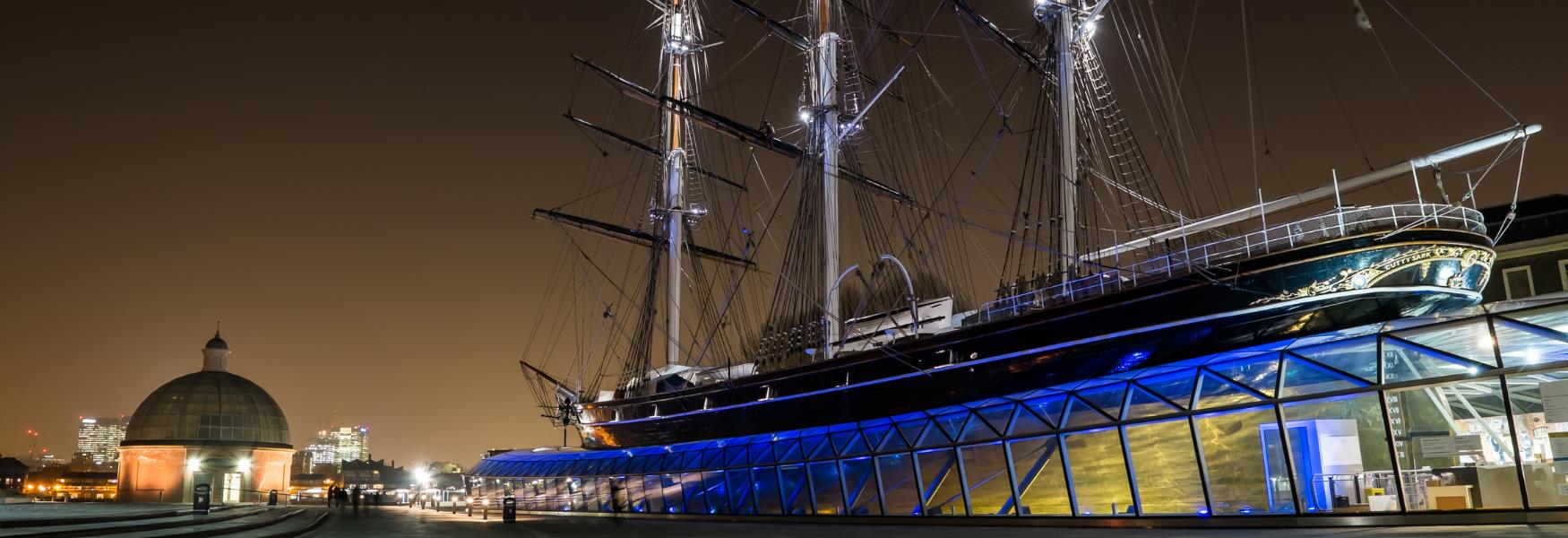
Number of results: 124
, currently showing 41 to 60.
Brampton
Hadrian’s Wall stretches 70 miles across the north of England from Cumbrian Roman coastal defences at Ravenglass to Wallsend on the east coast.
Located in northwest England, the English Lake District is a mountainous area, whose valleys have been modelled by glaciers in the Ice Age and subsequently shaped by an agro-pastoral land-use system characterized by fields enclosed by walls.
Bridgwater
Fairfield is a medieval manor house and the family home of the Acland-Hood family for over eight centuries. The first manor house was built as early as 1166. The house has passed numerous times through the female line, so the family name of the…
Cumbria
Muncaster Castle is not just a historic landmark. It is a living, breathing treasure that radiates charm, history and a sense of adventure.
Epping
Copped Hall was the burnt-out shell of a fine Georgian mansion but now being restored. Superbly sited on a ridge overlooking its landscaped parkland. The mansion and gardens are situated on a site of ancient human habitation.
Haywards Heath
Set in the High Weald with wonderful views of the South Downs High Beeches has been sensitively planted with many rare trees and shrubs to create a place of great beauty and tranquillity.
Cheltenham
Whittington Court is a small Tudor manor house with Jacobean and later additions, set in beautiful Cotswold countryside five miles east of Cheltenham.
Bushmills
The Giant’s Causeway lies at the foot of the basalt cliffs along the sea coast on the edge of the Antrim plateau in Northern Ireland.
Sudbury
Gainsborough’s House is the childhood home of Thomas Gainsborough RA, now a museum with an outstanding collection of his work.
Caerphilly
The four castles of Beaumaris, Conwy, Caernarfon, Harlech and the attendant fortified towns at Conwy and Caernarfon in Gwynedd, North Wales, are the finest examples of late 13th century and early 14th century military architecture in Europe, as…
Stowmarket
Set within the heart of the Suffolk countryside, Helmingham Hall Gardens offers a captivating blend of heritage, horticulture and history.
Cambridgeshire
Kimbolton Castle has a rich and fascinating history that has seen it develop from a wooden motte and bailey castle in Norman times, into the building it is today - home to Kimbolton School. The family seat of the Dukes of Manchester from 1615 to…
Market Drayton
It was predicted in 1958 that Hodnet "would one day take its place among the major gardens of Britain." Now the glorious fulfillment of that prophecy is simply waiting for you to enjoy.
Llanfairfechan
This Arts and Crafts house was built in 1900 by the architect H L North as his family home and contains much of the original furniture and William Morris fabrics.
Devon
Atmospheric, historic medieval castle originally built 1106 by order of Henry I and later rebuilt down the ages - all ages of architecture from medieval to modern. Interesting displays.
Ripon
Veiled in a secluded valley, this World Heritage Site promises to surprise and captivate with its vast Cistercian abbey ruins, Georgian water garden, a medieval deer park, Elizabethan Hall and Gothic church.
London
The Palace of Westminster, Westminster Abbey, and St Margaret’s Church together encapsulate the history of one of the most ancient parliamentary monarchies of present times and the growth of parliamentary and constitutional institutions.
Bath
Located in a Grade I listed building, the American Museum and Gardens features collections from the United States and displays that recreate periods of American history, as well as a world renowned folk art, quilt and map collection.
Ceredigion
In the marvellous sweep of Cardigan Bay stand the ruins of one of Edward I's late 13th century castles. Of the seven major English strongholds he established in Wales, Aberystwyth Castle has fared least favourably in the survival stakes.
Stratford Upon Avon
A light-filled gem with a Shakespearean connection